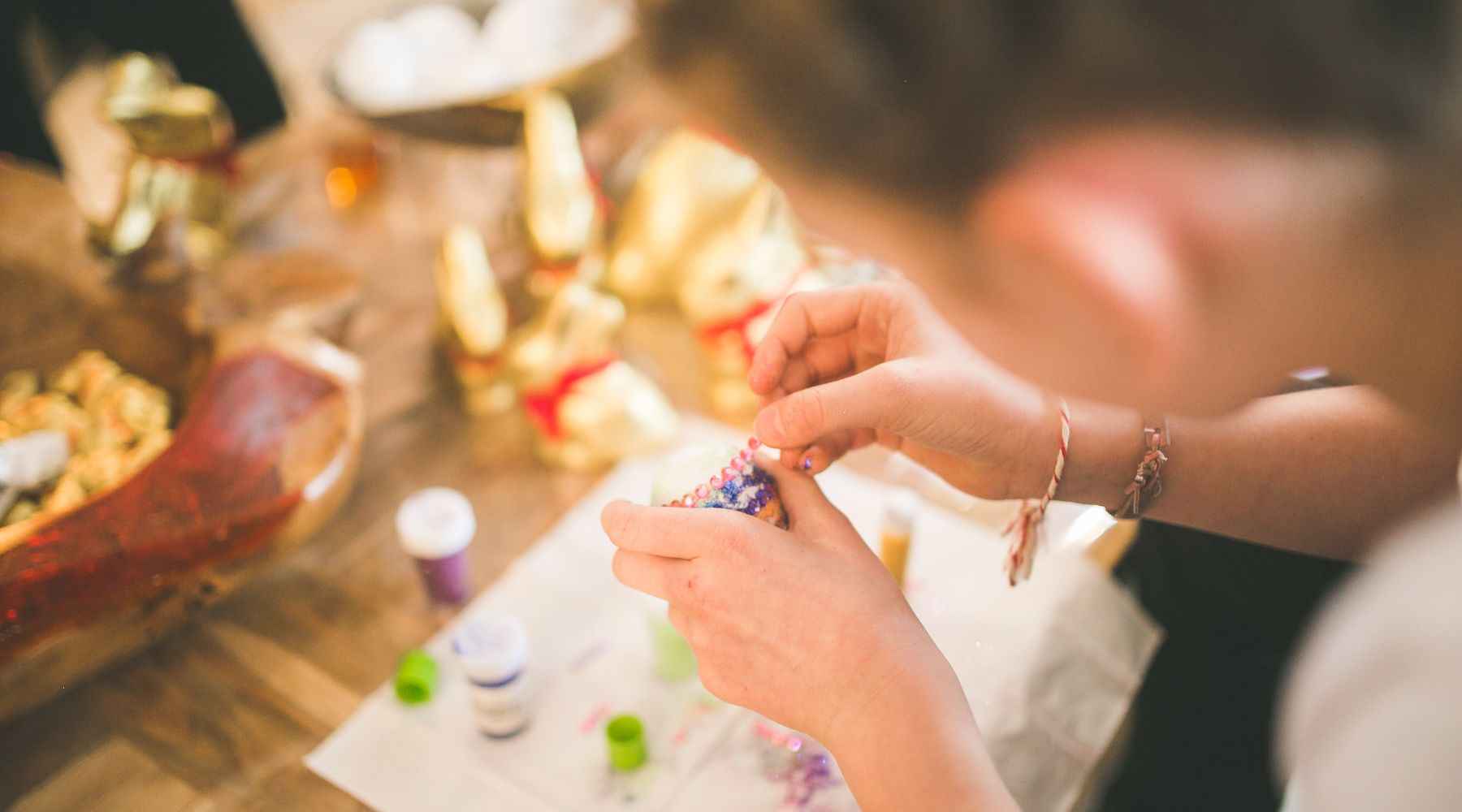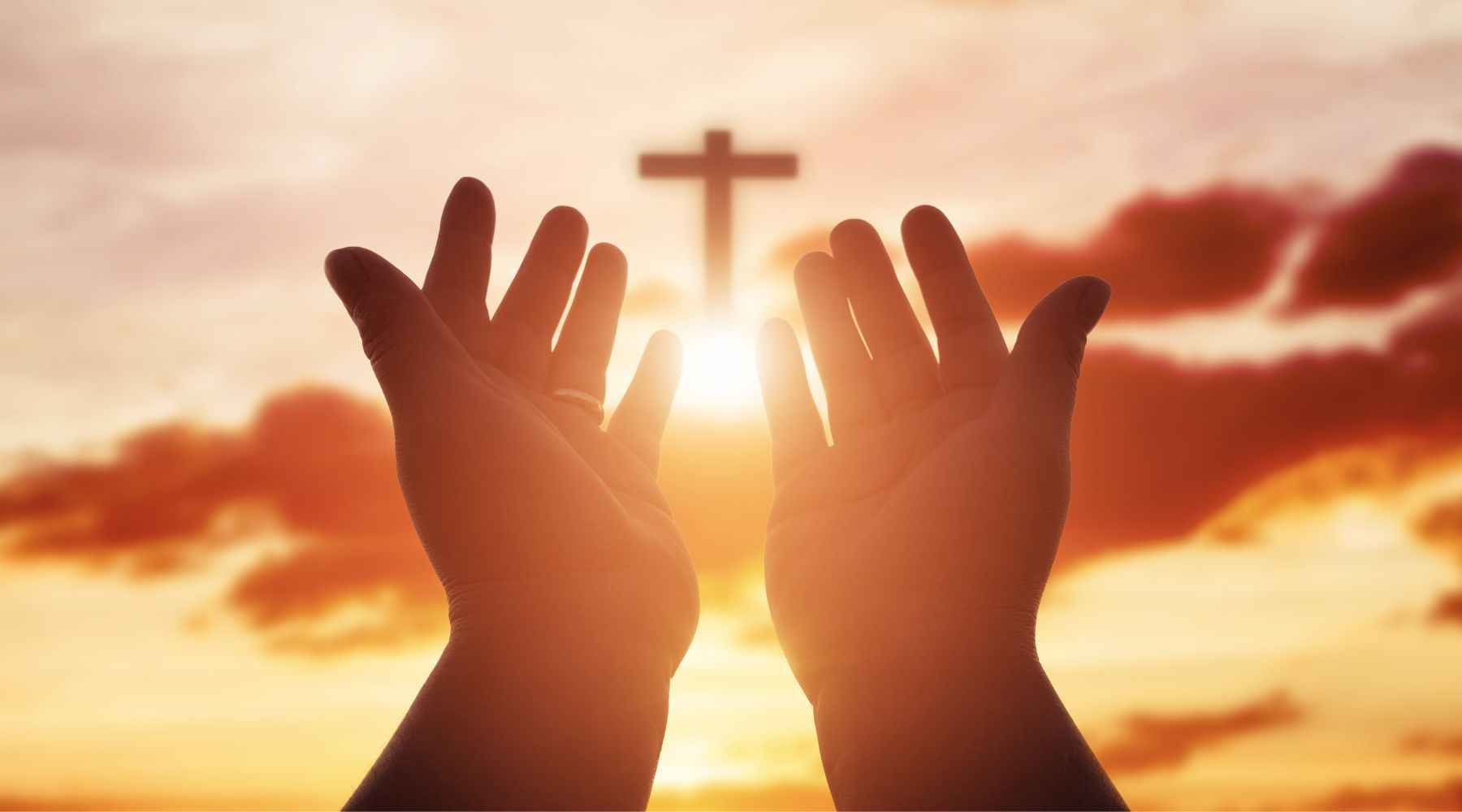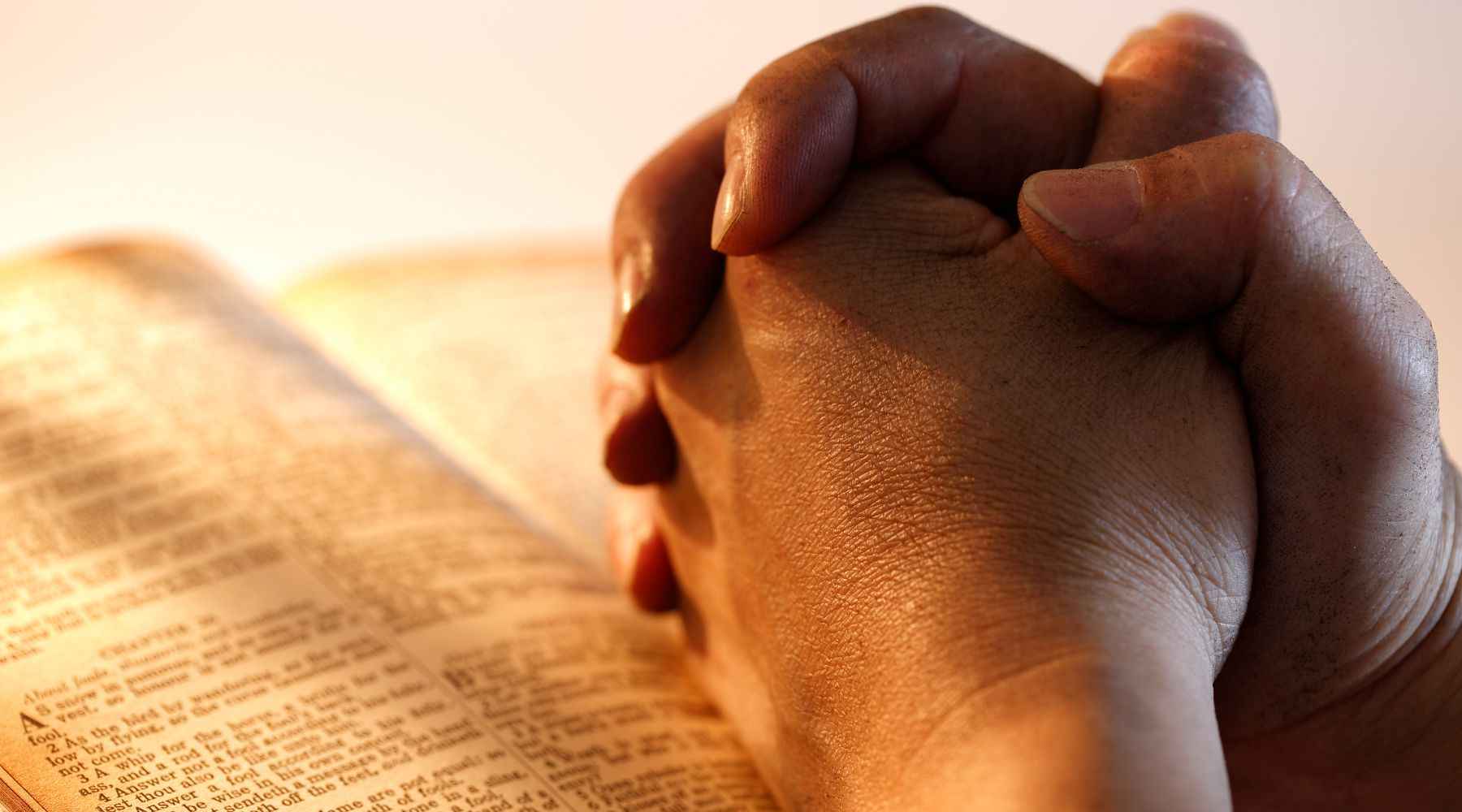
The History of Easter: From Ancient Traditions to Modern-Day Celebrations
Easter is one of the most widely celebrated holidays around the globe, cherished by believers and non-believers alike. Its origins, however, extend far beyond baskets of colorful eggs and chocolate bunnies. Indeed, Easter’s history is layered with centuries of cultural, religious, and mythological traditions that gradually merged and evolved into the modern festivities we know today. Whether you identify as Christian, observe Easter purely for its festivities, or are curious about its roots, this exploration into the holiday’s past highlights how it has transformed over time. We’ll look at its early pagan connections, the biblical narratives, and the evolving customs that unite communities and families each spring.
Pagan Origins and Spring Celebrations
Many historians and scholars agree that Easter’s earliest origins lie in pagan rituals and festivals that celebrated the arrival of spring. Before Christianity spread across Europe, various cultures held springtime feasts and events to honor the rebirth of life after a harsh winter. For instance, some attribute Easter’s name to Eostre (or Ostara), a Germanic goddess associated with spring, fertility, and dawn. Revelers paid homage to her through feasts, offerings, and practices to ensure plentiful crops and healthy livestock.
Emergence of Christian Traditions
Over time, as Christianity became more widespread, many pagan festivals were adapted or replaced by Christian holidays that carried similar themes of renewal and rebirth. Easter became the annual commemoration of the resurrection of Jesus Christ—a cornerstone of the Christian faith that symbolizes victory over sin and death. As the holiday spread throughout the Roman Empire, it became an anchor in the Christian calendar, bringing together believers to honor the crucifixion and resurrection narratives.
By the second century, Christians were already observing some form of a resurrection celebration. However, the precise date of Easter was heavily debated among Christian groups. The Council of Nicaea in 325 AD, convened by Emperor Constantine, helped standardize the date for Easter, fixing it as the first Sunday after the first full moon occurring on or after the vernal equinox. This decision intertwined astronomical observations with religious significance, adding another layer of tradition and complexity to the holiday.
Symbols and Customs
What makes Easter fascinating is the broad spectrum of symbols and customs that have accumulated over centuries. Two of the most recognizable are the Easter egg and the Easter bunny—both of which can trace their roots back to pagan fertility imagery. Eggs symbolize new life, mirroring the story of Christ’s resurrection. Early Christians also colored eggs in bright hues as a reflection of joy after the Lenten season. Meanwhile, the Easter bunny, originally linked to the Germanic festival of Eostre, was believed to be the goddess’s sacred animal, representing fertility and abundance.
Other customs include sunrise church services, which reflect the dawn of Easter morning when the empty tomb of Jesus was discovered, and the tradition of fasting or giving up luxuries during Lent, the 40-day period leading to Easter. These religious observances, along with communal feasts and gatherings, all serve to highlight the themes of renewal and new beginnings.
Easter Around the World
Easter’s core meaning remains rooted in the story of Jesus Christ’s resurrection, but the ways in which people observe the holiday vary widely across cultural contexts. In many Catholic and Orthodox countries, elaborate church services and street processions are held, featuring statues of saints, incense, and solemn hymns. In places like the United States, families often partake in Easter egg hunts and lavish meals complete with ham or lamb, mashed potatoes, and spring vegetables.
For many, Easter is also a time to update their wardrobe, which can include dressing in elegant attire or donning light, pastel-colored clothing to mark the joyful season. Christian T-shirts have become especially popular among believers who want to share their faith in a more casual and approachable way during the festivities. Meanwhile, sporting Christian Shirts is an easy way to merge holiday style with a meaningful expression of belief.
Modern Commercial Influence
No holiday is immune to commercialism, and Easter is no exception. Retail stores stock their shelves with chocolate bunnies, marshmallow chicks, and festive décor weeks before the actual holiday. While these items can overshadow the deeper meaning of Easter for some, others view them as an extension of the celebratory aspect. Families often turn shopping trips into traditions—picking up baskets, candies, and new church outfits in anticipation of Easter Sunday.
Amid this commercial rush, faith-based businesses have found a niche by offering products that bridge modern style with heartfelt devotion. This includes everything from Christian T-shirts emblazoned with uplifting messages to faith-inspired accessories that highlight biblical verses. These items remind wearers and observers alike that the heart of Easter remains in the celebration of Jesus Christ’s resurrection and the hope it brings.
Festivities for Every Generation
Easter continues to evolve. Many churches host community events such as Easter egg hunts for children, potluck brunches, and theatrical reenactments of the crucifixion and resurrection stories. For families, the holiday is a precious time to gather—sharing meals, exchanging gifts, and participating in traditions passed down through generations.
For some, the emphasis is on the solemn reflections of Holy Week: from Palm Sunday to Good Friday, and the joy of Easter Sunday. For others, the holiday simply offers a chance to embrace the renewal that spring represents, irrespective of religious commitment. Regardless of your approach, there is a universality in celebrating hope, rebirth, and a sense of spiritual or emotional renewal that resonates with many.
Conclusion
From its historical roots in ancient springtime ceremonies to the modern-day kaleidoscope of faith traditions, Easter has traversed centuries, cultures, and continents. At its core, the holiday remains a testament to life’s resilience and the power of faith—be it in a spiritual or more general sense of optimism. People of all backgrounds find meaning in Easter’s message of renewal, hope, and the possibility of new beginnings.
Whether you’re hunting for eggs or attending a sunrise service, wearing your Sunday best, or rocking your Christian Shirts, you’re partaking in a tradition that spans millennia. As you celebrate Easter in your own way—maybe by breaking bread with loved ones or reflecting quietly at home—remember that the holiday’s spirit, much like the spring it heralds, is about transformation. It’s a time to embrace hope, celebrate life, and honor the power of faith in all its forms.



Leave a comment
This site is protected by hCaptcha and the hCaptcha Privacy Policy and Terms of Service apply.